Recently I’ve seen several newspaper articles with lists of books we are told we must read, sometimes fiction and sometimes non-fiction. Part of the vogue for lists. I find I’ve usually read about 50%, know that I should have read a further 25%, and have never heard of the other 25%. Personally, I find that my list would change nearly every year; certainly every decade.
For example, there are the big, exciting and erudite books of ideas that come along once in a while and change my way of thinking forever, such as :
1970s: The Pound Era, Hugh Kenner (Faber, 1972)
1970s: After Babel, George Steiner (Oxford, 1975)
1980s: The Rise and Fall of the Great Powers, Paul Kennedy (Random House, 1987)
1990s: The Wealth and Poverty of Nations, David S. Landes (Little, Brown, 1998)
2000s: The Shield of Achilles, Philip Bobbitt (Allen Lane, 2002).
Enthusiasm for each of these led me to new authors and books cited in the notes or bibliography.
This sounds a bit over-bearing. But as well as “Great Books” there are also moments of popular culture, like the week of intensive reading of the crime stories of Mickey Spillane that resulted in my article ‘Give the bad books their due; the good ones then seem better’, published in the Daily American newspaper (Rome, 31 March 1973), especially the wonderful Kiss Me Deadly (E.P. Dutton, 1952). Interestingly, the austere George Steiner chose Spillane as the opposite of Plato in his essay ‘After the Book?', observing that the two authors could easily be found on the same book rack in an airport bookshop: given his omnivorous reading, we may assume that he read Spillane before making the comparison (On Difficulty and Other Essays, OUP, 1978, p.190).
In the next few weeks I plan to consider other such moments.





